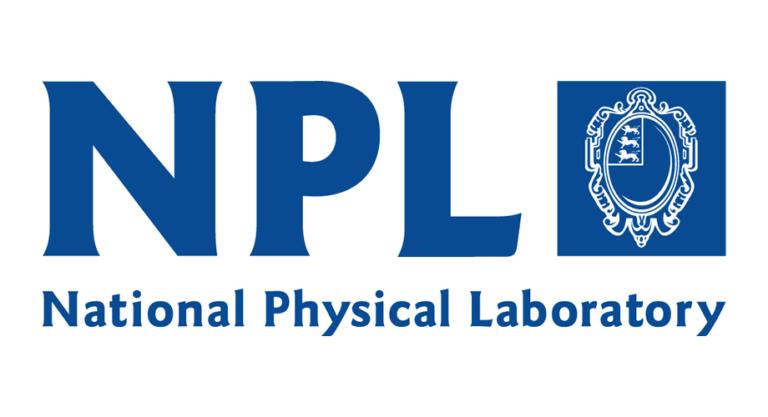The world’s most powerful multi-Joule, diode-pumped solid-state laser (DPSSL), DiPOLE100, was developed by the Central Laser Facility (CLF) within STFC [1] and has recently demonstrated amplification of 10 ns pulses to 150 J at a pulse rate of 10 Hz (1.5 kW) with an optical-to-optical efficiency of 30% [2]. DiPOLE gas cooled multi-slab amplifier technology is integral to the 10 Hz petawatt laser currently being developed by the CLF for the Extreme Photonics and Applications Centre (EPAC). DiPOLE technology is utilised in both the pump laser for the final high energy Ti:Sa amplifier (after frequency conversion into the green) and for the Ti:Sa amplifier itself [3]. Interest in further energy and efficiency scaling of DPSSL systems has increased following the recent demonstration of ignition at the National Ignition Facility [4]. Furthermore, next generation laser-driven plasma accelerators will require high pulse energy operation at increased efficiency and pulse repetition rate (kHz regime) [5].
This project focuses on pushing the boundaries of current DiPOLE systems by investigating new technologies required to scale average power beyond the kilowatt level by increasing pulse rate towards 1 kHz and pulse energies beyond 150 J. The student will work on modelling, design, testing and characterisation of new 100 Hz DiPOLE systems, as part of the upgrade path for EPAC. They will explore novel pumping schemes and alternative amplifier geometries to improve efficiency, whilst improving diagnostics and beam correction techniques for maintaining beam quality. Research into alternative gain media and thermal management solutions to scale energy and pulse rate further will also be undertaken. Finally, the student will evaluate the future of this technology for laser-based inertial confinement fusion and laser-driven plasma accelerator applications.
[1] P. Mason et al., “Kilowatt average power 100 J-level diode pumped solid state laser”, Optica 4, 438-439 (2017).
[2] M. Divoký et al., “150J DPSSL operating at 1.5 kW level”, Opt. Lett. 46, 5771-5773 (2021).
[3] Central Laser Facility. Introducing The Extreme Photonics Applications Centre. url: https://www.clf.stfc.ac.uk/Pages/EPAC-introduction-page.aspx. [Accessed: 2/05/2023].
[4] J. Tollesfson, E. Gibeny, “Nuclear-fusion lab achieves ‘ignition’: what does it mean?”, Nature, 612, 597-589 (2022).
[5] S. Hooker, “Developments in laser-driven plasma accelerators,” Nature Photonics 7, 775-82 (2013).









